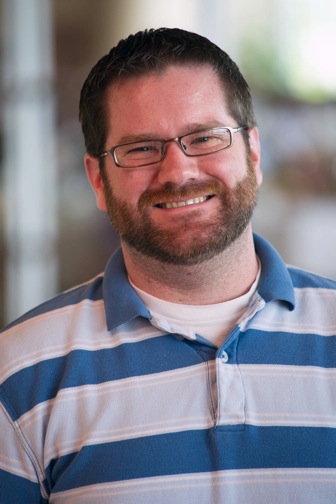4 Ways to Optimize Lecture Capture and Live Webcasting

The way the University of Florida addressed lecture capture a decade ago wasn’t uncommon. Each college, department, and faculty member had their own system of manually recording and publishing online lectures. Viewing required separate plug-ins for each class. That meant students usually had to review lectures in computer labs instead of their dorm rooms.
Brian Smith.
Since then UF has streamlined the process to automatically capture what’s happening in lecture halls, classrooms and special events on campus, and it’s had a big impact on educational video. The recordings are published automatically and students can view them on-demand (and in some cases live) on any operating system, browser or mobile device. Plus, the amount of recorded video is increasing nearly 85 percent a year.
As the Video Operations Supervisor for UF, I’ve been doing live streaming of events and lecture capture on campus for 13 years. Lecture capture at UF hit a tipping point during the swine flu epidemic a few years back. With the possibility of quarantine looming, there were fears that nearly 50,000 students would miss school. The university turned to online video to ensure students stayed on track while at home. UF started recording classes and hasn’t stopped. The use of video has expended over the years. For example, research groups are presenting live briefings online, and the College of Medicine is providing live online courses, psychiatry grand rounds and family medicine lectures.
Whether you’re thinking about starting a video initiative on your campus or amping up your current one with live streaming, read on to find out the top four things you need to know about live webcasting and lecture capture.
1. What do you look for in a webcasting system when live is a requirement and failure is not an option?
Look for a webcasting solution with the ability to stream both live and on-demand content at the highest possible bitrate. If the majority of what you do is one-off events in various locations across campus like us, you’ll need a highly mobile solution that’s usable in many different scenarios and accepts a wide variety of inputs, because often you don’t know what the situation will be until you show up for an event.
A daily selection of features, industry news, and analysis for tech managers. Sign up below.
In installed classrooms, everything needs to be automated with little to no interaction from our technical staff. It should start and stop on a schedule with the instructor only needing to worry about selecting a camera preset.
UF is currently supporting about 40 Mediasite Recorders. We use two mobile recorders for live events all over campus and throughout the state, and have a couple more installed in studios and non-automated classrooms where we actually have a camera operator and controller running the classroom. The majority of our recorders are installed in automated classrooms.
2. Why is live webcasting a self-fulfilling prophecy, driving more demand to go live?
As more groups on campus become aware of our streaming capability, they’re increasingly asking for our streaming services. Faculty like getting their content out to students this way. Plus, as travel budgets decrease, it’s becoming more important to provide a means for people to participate in professional development and other conferences and events at a distance.
3. Is instructor involvement different for live versus on-demand webcasting?
From a producer standpoint we treat every webcast the same, whether it’s live or on-demand. Audio, video and presentation are all equally important to both kinds of webcasts.
Students and faculty use our learning management system to ask questions while watching or teaching online. They can also interact in polls and ask questions directly from the webcast platform, Mediasite by Sonic Foundry.
4. Who manages the infrastructure, training and support for live webcasting on campus, and what can be automated?
Brian Smith is the Video Operations Supervisor for Academic Technology and Information Technology at the University of Florida. He uses Mediasite by Sonic Foundry for live streaming. Learn more about Brian’s work at www.sonicfoundry.com/customer/brian-smith.
